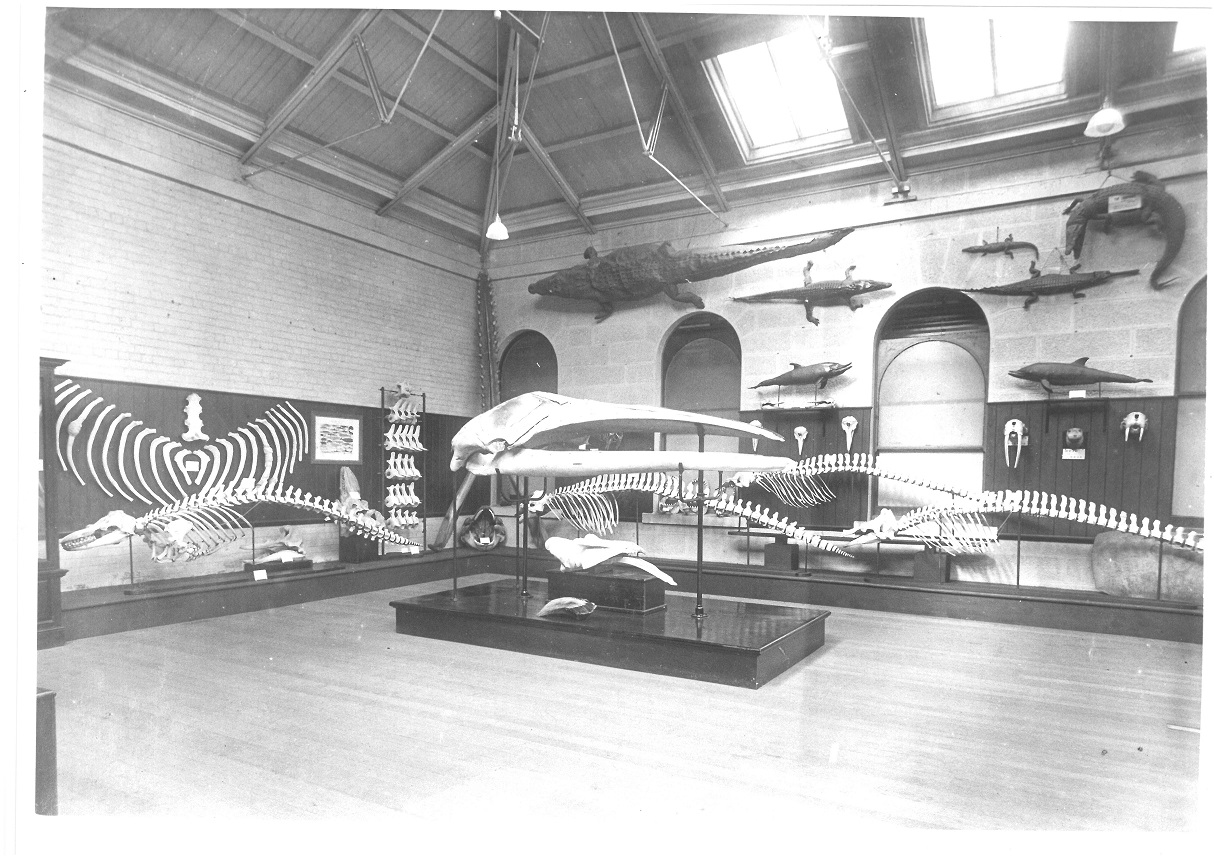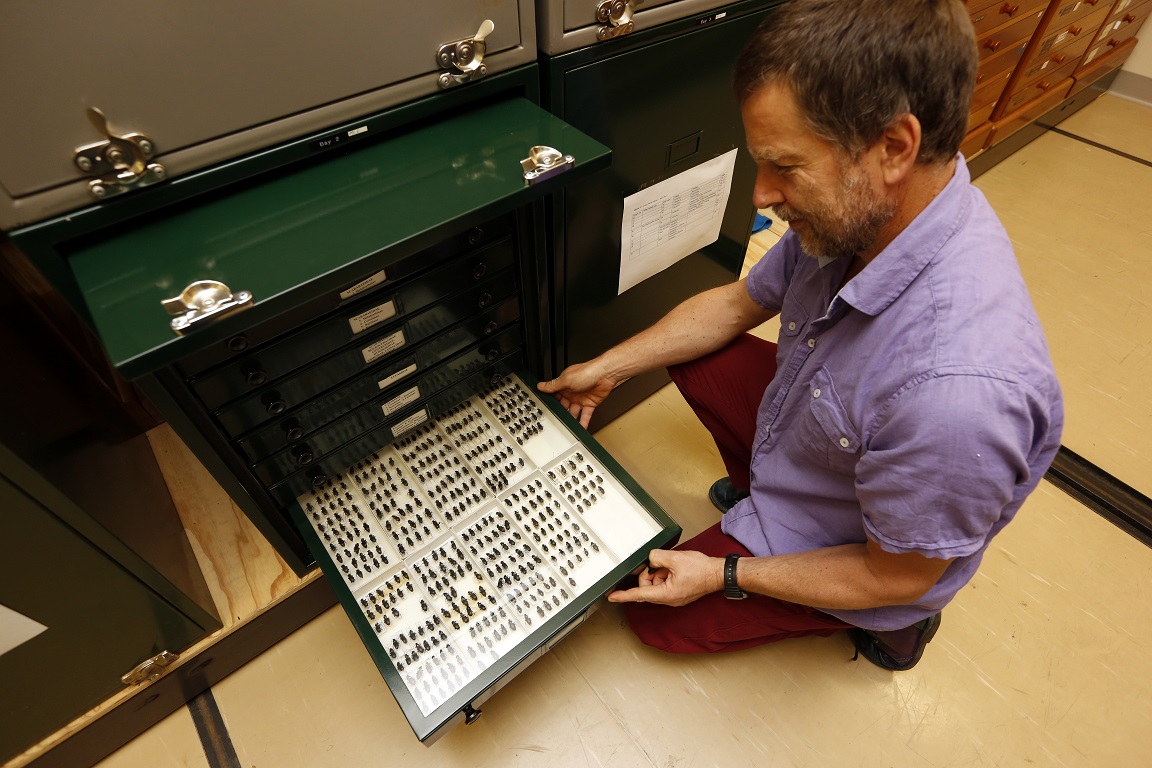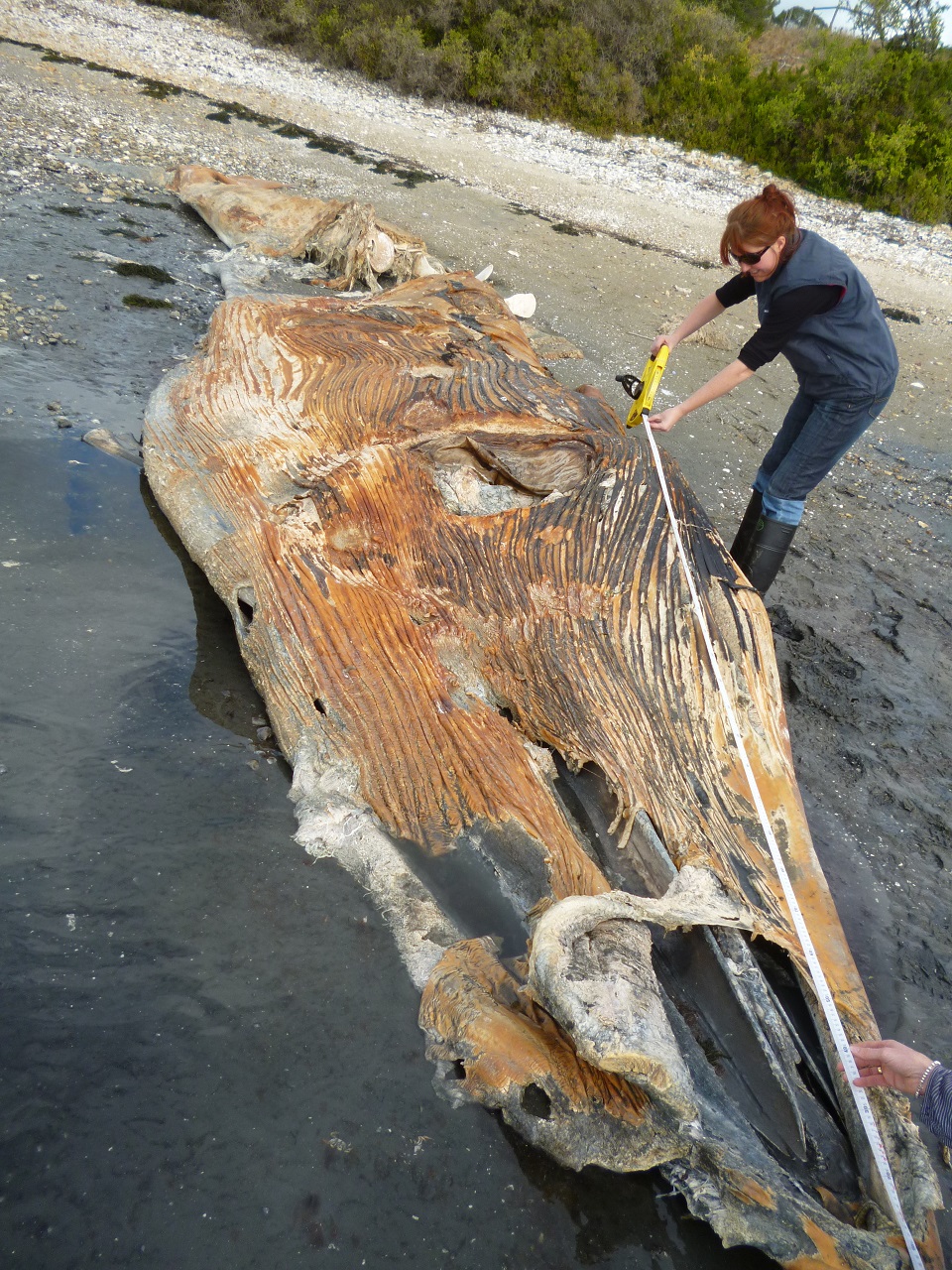 The Tasmanian Museum and Art Gallery (TMAG) (Tasmanian Department of State Growth) is the state institution responsible for the development, maintenance and management of the zoological collections of Tasmania. The collections are the largest for Tasmanian fauna in the world, and represent a wide array of Tasmanian animals, ranging from shells of the tiniest micro-molluscs to giant squid and the skeletons of large whales. These specimens represent more than 150 years of museum acquisitions, consistent with TMAG’s origins in the Royal Society of Tasmania and its emphasis on developing collections that can serve both to illustrate Tasmania’s natural history and to advance knowledge in this area. The animals in the collections are derived from individual and institutional donations, as well as from the Zoology Unit’s own collecting trips and systematic surveys from around Tasmania, for instance through participation in Bush Blitz. They include many specimens of great scientific and historical importance, including a large number of type-specimens. The earliest of these date from the mid-19th century, with continued additions as further new Tasmanian species are described.
The Tasmanian Museum and Art Gallery (TMAG) (Tasmanian Department of State Growth) is the state institution responsible for the development, maintenance and management of the zoological collections of Tasmania. The collections are the largest for Tasmanian fauna in the world, and represent a wide array of Tasmanian animals, ranging from shells of the tiniest micro-molluscs to giant squid and the skeletons of large whales. These specimens represent more than 150 years of museum acquisitions, consistent with TMAG’s origins in the Royal Society of Tasmania and its emphasis on developing collections that can serve both to illustrate Tasmania’s natural history and to advance knowledge in this area. The animals in the collections are derived from individual and institutional donations, as well as from the Zoology Unit’s own collecting trips and systematic surveys from around Tasmania, for instance through participation in Bush Blitz. They include many specimens of great scientific and historical importance, including a large number of type-specimens. The earliest of these date from the mid-19th century, with continued additions as further new Tasmanian species are described.
 The collections are housed in dedicated buildings at the museum’s Collections and Research facility at Rosny, near Hobart. These comprise climate-controlled spirit and dry storage areas, freezers for tissue storage, laboratories and preparation rooms. Currently, the wet and dry collections together comprise at least half a million specimens. In the invertebrate collections, beetles and marine molluscs are particularly well represented. For birds and mammals, study-skins, mounted specimens, eggs, embryos and skeletons are represented. The Zoology Unit has also begun assembling a collection of tissue samples from vertebrate animals, including stranded whales, to provide vouchered material for DNA sequencing.
The collections are housed in dedicated buildings at the museum’s Collections and Research facility at Rosny, near Hobart. These comprise climate-controlled spirit and dry storage areas, freezers for tissue storage, laboratories and preparation rooms. Currently, the wet and dry collections together comprise at least half a million specimens. In the invertebrate collections, beetles and marine molluscs are particularly well represented. For birds and mammals, study-skins, mounted specimens, eggs, embryos and skeletons are represented. The Zoology Unit has also begun assembling a collection of tissue samples from vertebrate animals, including stranded whales, to provide vouchered material for DNA sequencing.
 The collections are not normally open to the public, but can be accessed by appointment. A growing proportion of the specimens in the collection is now digitised and can be accessed online: TMAG is one of the founding partners of the Atlas of Living Australia, and contributes data to it via the Online Zoological Collections of Australian Museums (OZCAM), an initiative of the Council of Heads of Australian Faunal Collections (CHAFC).
The collections are not normally open to the public, but can be accessed by appointment. A growing proportion of the specimens in the collection is now digitised and can be accessed online: TMAG is one of the founding partners of the Atlas of Living Australia, and contributes data to it via the Online Zoological Collections of Australian Museums (OZCAM), an initiative of the Council of Heads of Australian Faunal Collections (CHAFC).
Using material from the collections, Zoology Unit staff contribute to the design and content of exhibits throughout the museum. Staff are also available to answer zoological enquiries from the public. Many of Tasmania’s most enquired-about animals are also featured on TMAG’s Field Guide to Tasmanian Fauna app. Staff publish collections-based research findings in a range of peer-reviewed publications including Kanunnah, TMAG’s in-house research journal.